Een nieuwbouwwoning voor Jong & Oud en iedere Portemonnee.
Nieuws
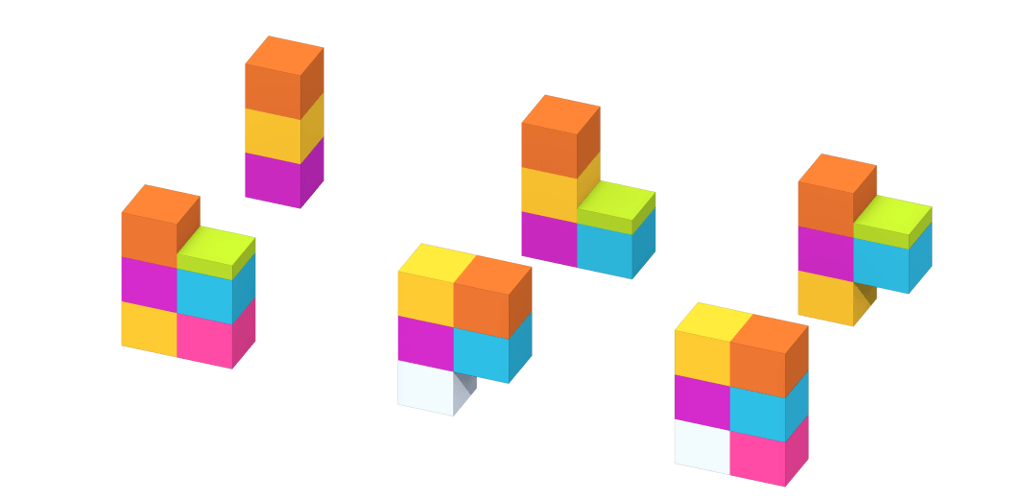
Initiatief stedelijke inbreiding centrum Eindhoven
Uit onze ontwerpstudies is gebleken dat de alle functies van een woning te realiseren zijn op een plattegrond van 3.5 x 3.5 meter. Hierbij is de verkeersruimte opgenomen in de verblijfsruimten en zijn alle niet functionele vierkante meters weg ontworpen. Dit laat een zeer bruikbare en gebruiksvriendelijke plattegrond over. Ieder onderdeel van het woonprogramma is een ‘blok’ van 3.5 x 3.5 meter. De Mini Me kan door de woonconsument worden samengesteld door de blokken, met de verschillende onderdelen van het woonprogramma, te stapelen. Op basis van dit concept kan een hele serie van Mini Me’s ontstaan die in vorm, materialisering en grootte verschillend zijn. De basiswoning bestaat een ‘blok’ voor de entree/badkamer/technische ruimte, een ‘blok’ keuken, een ‘blok’ woonkamer, een ‘blok’ slaapkamer en een ‘blok’ daktuin. De woning kan desgewenst vergroot worden met een ‘blok’ berging, slaapkamer, kantoor of kelder. Daarnaast kan worden gekozen of er op eigen terrein wordt geparkeerd of juist niet.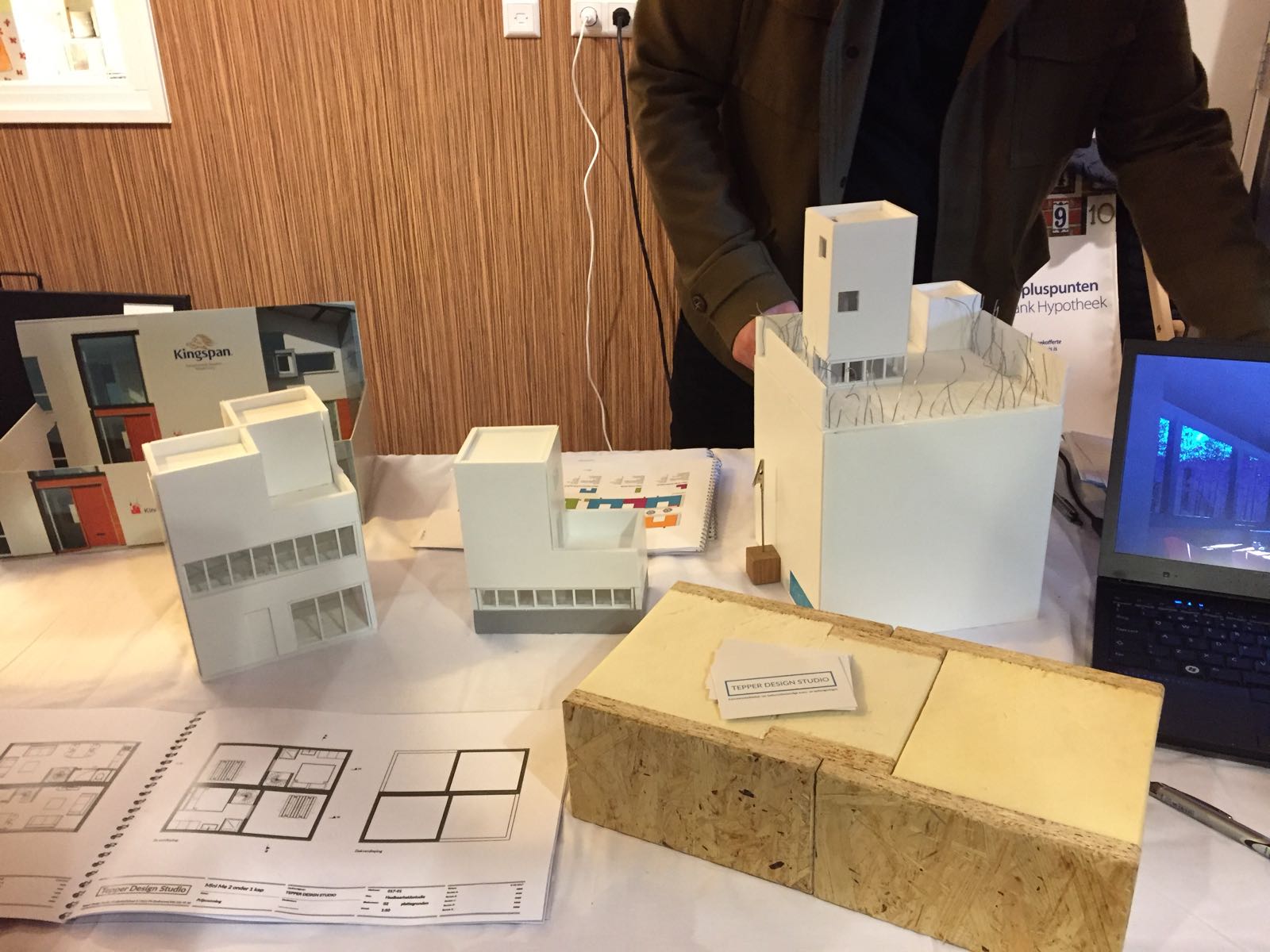
Tepper Design Studio stond met zijn Tiny House concept Mine Me op het eerste landelijke Tiny House evenement: de Tiny House Jamboree. Almere-Poort was zaterdag 7 oktober het middelpunt van de Nederlands Tiny House Movement. De belangstelling was overweldigend. Naar schatting hebben 4000 mensen het onstuimige herfstweer getrotseerd om zich te laten inspireren door deze nieuwe woonvorm. Wij hebben honderden mensen mogen uitleggen hoe wij denken dat je groots kan wonen in een klein huis . Het Mini Me woonconcept bestaat uit een serie van niet verplaatsbare Tiny Houses die telkens een nieuw perspectief op de omgeving bieden. Dit doen we door de woon-eetkamer of te situeren in half verdiept souterrain of op te tillen naar de eerste verdieping. Hierdoor voelt je huis groter dan de vierkante meters doen vermoeden. Heeft u interesse kijk dan verder op onze website www.startontop.nl.
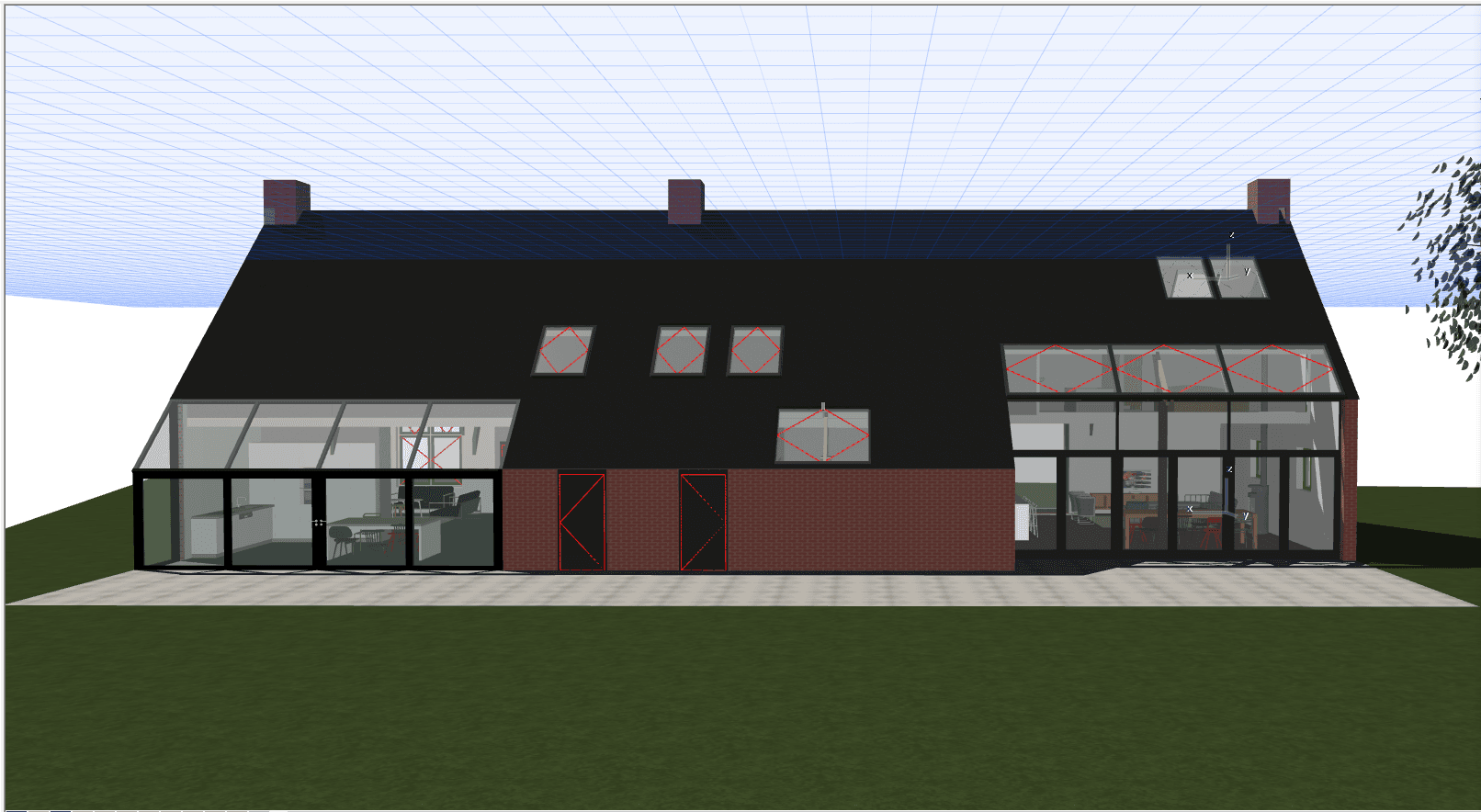
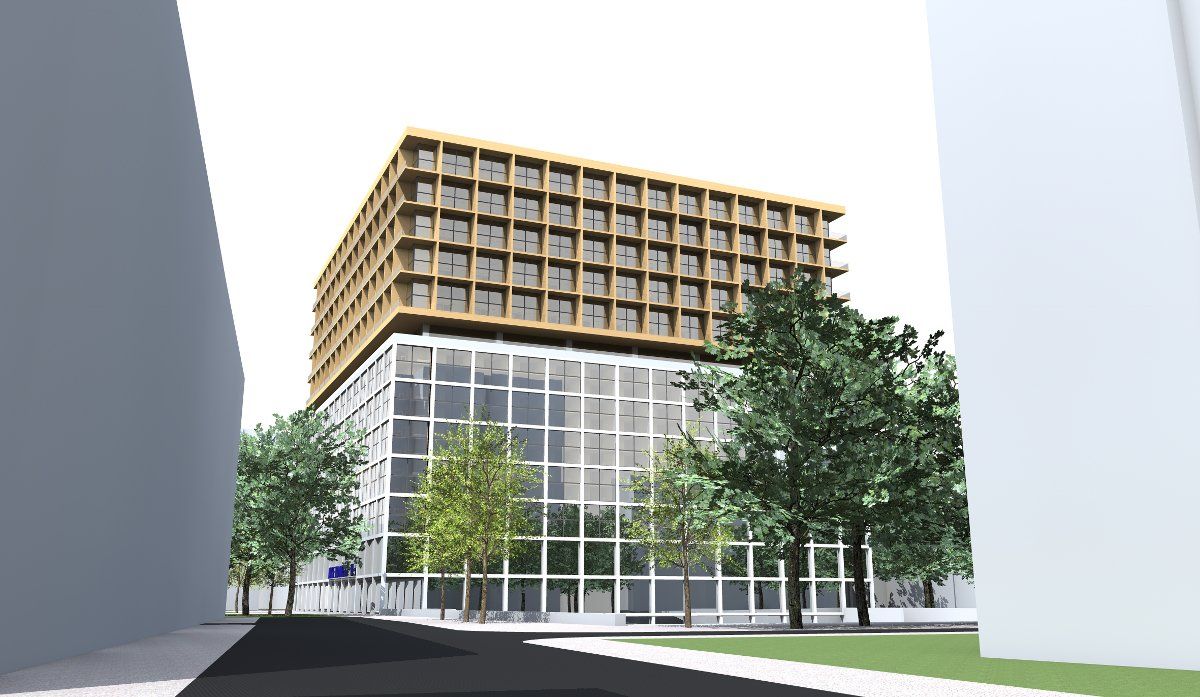
THE CITY ABOVE THE CITY challenged architects and students of architecture from around the world to push the boundaries of modern wood building design in the urban environment. Entrants were asked to select a centrally-located building in one of the world’s most populated cities and develop an innovative wood design solution that adds density through additional floor area. Known buildings, especially buildings under threat of demolition were encouraged as sites for revitalization, new development and innovation.

We propose to transform 'Galeria Kaufhof am Ostbahnhof' in Berlin to a European cultural hotspot. The big department store sits beside the train station Ostbahnhof, former East Berlin. This area was heavily damaged during the war. In DDR times it was largely demolished to make room for, among other things, the Kaufhalle. The former center store opened its doors in 1979 and was the only store in the country where one could buy more luxurious consumer goods. This had such a force of attraction that even people from Poland and Tsjech Republic came to shop there. One could say that this building brought people together and had an international allure.
This
changed after 'Die Wende' and
an
era
came
to an end when
the building became second to the Kaufhalle at Alexanderplatz.
By
June 2017 the
kaufhalle am Ostbahn will close for good.
What is left is an uncanny area with scattered urban patterns of
pre-DDR-Plattenbauten
apartment
buildings and even uglier
commercial architecture from after 'die
Wende'.
And
important
to mention
a
lot
of empty space. But there is an upside. The building and its
surroundings is situated between the entertainment area around the
Warschauer Brücke,
the river Spree and the train station Ostbahnhof on the one side and
the famous Techno Temple Berghain on the other. So there
is true potential in the location, the building and its history.
We'd
like to transform the building to be a catalyst
for
urban renewal. We'd like the building to be a destination and bring
people, of all different walks of life, together like it did in the
old days. It
should function on
different scales. From
the
city, country,
European
and global level to
the scale
of the borough.
It
should be
city in a city or in
other words 'the
World in one building'.
The
major
part of the, 46.000
m2 topped with 5 extra stories,
building will consist of a
housing
program variating from short stay, semi-permant to
permanent
dwellings.
By
doing this we try to help solve the shortage of affordable living
space in Berlin. In total the building will have 2040 living units.
Variating from 15 m2 to 60 m2.
The
second topic we like to address with the building is to help stop the
segregation of the people living in the European Union. We're not
talking politics here but actually like to facilitate a one on one
experience between to people. The focus is on the younger generations
who don't think in boarders but in relations. These
'Easyjetsetters'
have friends all over Europe and further.
Getting on a plane for them
is as
normal as getting on a
bus. These
people have the future! To maximize the potential of meeting and
getting to know each other we propose to add working spaces. Since we
spent a lot of time at work this is a logical next step. The
ground floor, first and second floor are programmed with work units.
The
last part of the added program is about celebrating life together
with the notion of 'unity
in diversity'.
This
official slogan of the European Union should be put into practise. We
propose a European Cultural Center. It will consist of
multi-functional spaces for exhibitions, workshops, lectures and even
a nightclub.
Hopefully the building will connect everybody from everywhere whatever their nationality, sex, age or religion and we can keep building the European dream.

Tepper Design Studio heeft de prijsvraag ‘Bevrijd Wonen. Jouw Tiny House in Almere!’ aangegrepen om een nieuw woonconcept te ontwikkelen. Het betreft een serie van Tiny Houses die voldoen aan het BouwBesluit en bieden u daarmee de beste prijs- pretverhouding die een woning u kan bieden.
Meer weten >>
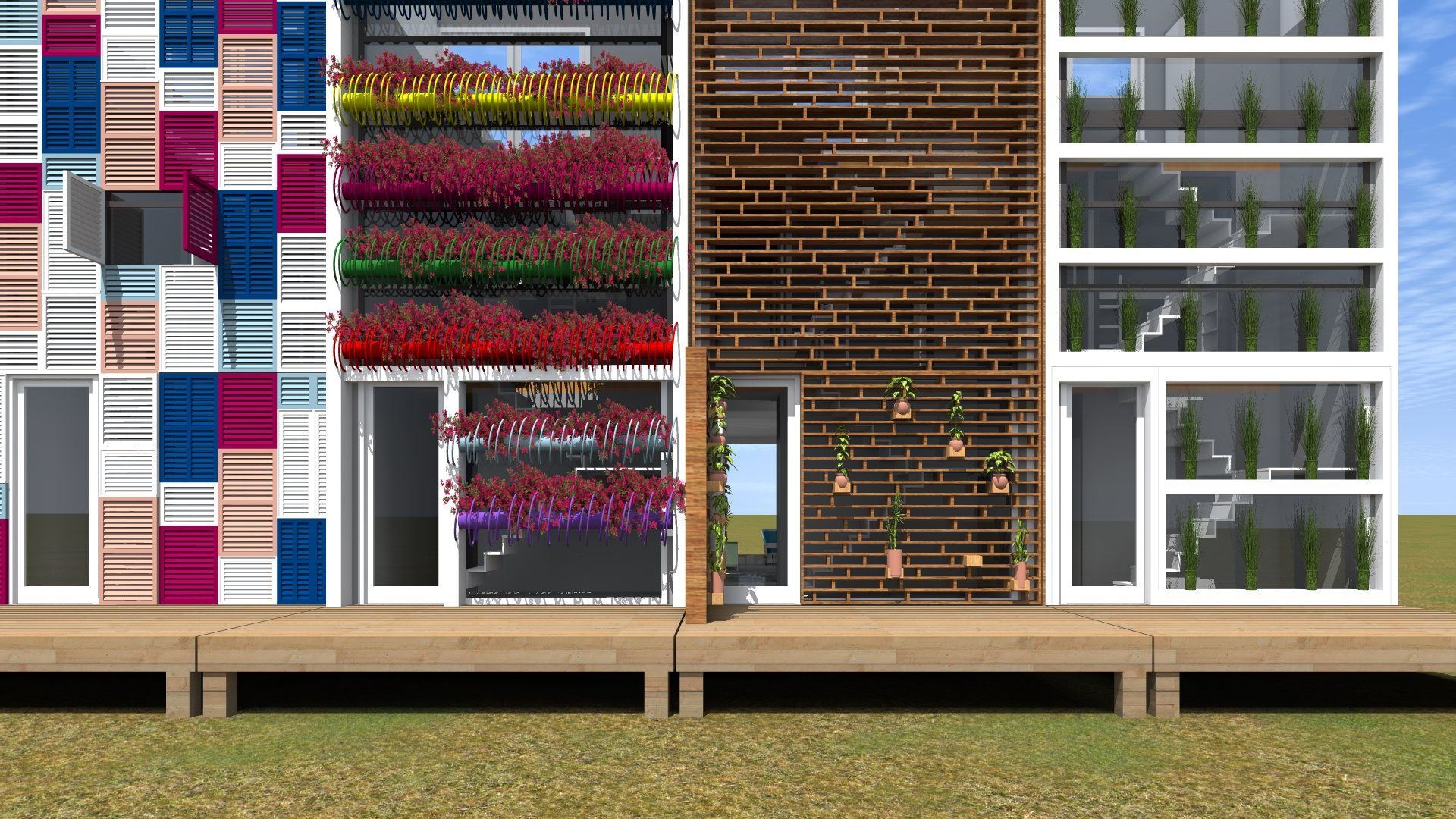
De instroom van asielzoekers in Nederland was nog nooit zo hoog als in 2015. Dat stelde het Centraal Orgaan opvang Asielzoekers (COA) voor een enorme opgave. Asielzoekerscentra (AZC) raakten overvol, waardoor het COA genoodzaakt was om asielzoekers op te vangen in noodopvang en crisisnoodopvang. Ook stagneerde de doorstroming van asielzoekers naar een eigen woning binnen een gemeente, omdat die onvoldoende huisvesting beschikbaar hebben. Veel asielzoekers die een (tijdelijke) verblijfsvergunning kregen, moesten wachten in een opvangcentrum, totdat hun een woning werd toegewezen. Het vraagstuk van de huisvesting van statushouders binnen de 393 Nederlandse gemeenten was weliswaar niet de kern van deze ontwerpprijsvraag, maar vormde wel de context waartoe ze zich moest verhouden.
De kern van de prijsvraag was het ontwikkelen van huisvestingsoplossingen waarmee COA beter kan inspelen op de onvoorspelbare instroom en die tegelijkertijd een tijdelijk, veilig, sober, sociaal en goed passend thuis kan bieden aan asielzoekers: A Home away from Home. Daarnaast wilden de uitschrijvers met de prijsvraag een impuls geven aan de vernieuwing van de markt van flexibele huisvesting. In eerste instantie moesten de inzendingen gericht zijn op de huisvesting van asielzoekers, maar in het verlengde daarvan mogelijk ook voor andere doelgroepen.

Vluchteling: bedreiging of kans?
In tegen stelling die de vluchtelingencrisis vooral zien als bedreiging, is het volgens mij de uitgelezen kans om een toekomstbestendig Europa te maken. De EU is bereid 6 miljard euro aan Turkije te geven voor het opvangen van de vluchtelingen in de regio. Volgens hen is dit de enige manier om illegale migratie te stoppen. Maar zou het ook anders en vooral positiever en inclusiever kunnen? De wereld wordt steeds meer glokaal waardoor we tegelijkertijd op stedelijk niveau als op Europees / wereldniveau leven. En daarmee is, voor een deel ook, de Natiestaat overbodig geworden. De Europese samenlevingen zitten in een overgangsfase. Langzaam maar zeker kantelen de samenlevingen van een centraal geleide, top-down gestuurde naar een decentrale, bottom-up samenleving. Er ontstaat een nieuwe orde, bestaand uit horizontale verbanden, zoals lokale gemeenschappen, coöperaties, sociale en fysieke netwerken. Willen we Europa toekomstbestendig maken dan zal de Europese verdeeldheid overwonnen worden met meer gemeenschappelijk beleid, niet alleen op het gebied van asiel en migratie, maar ook van vrije handel, financiën, belastingen, energie, klimaat en defensie. Een Europa als een democratisch federatief verband! Ulrike Guerot's pleidooi voor een Europa van regio's met een vergaande democratisering op alle niveaus is daarbij een welkom nieuw geluid. Ik sluit me volledig aan bij Caroline de Gruyter (NRC Handelsblad): 'Eindelijk een Europees pleidooi vol optimisme'.
Neem contact met ons op
We komen zo snel mogelijk bij u terug.
Probeer het later opnieuw



